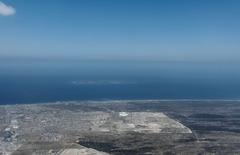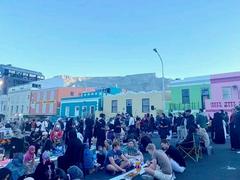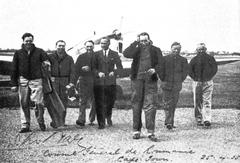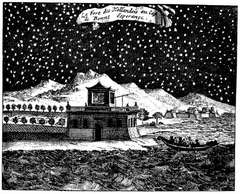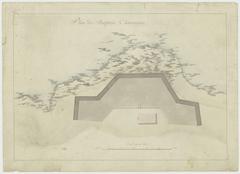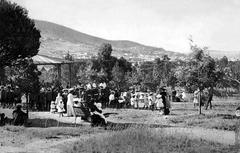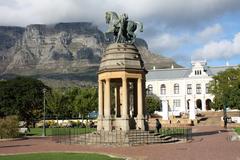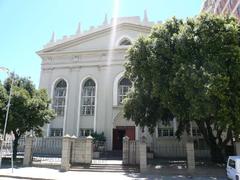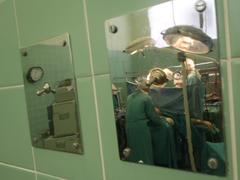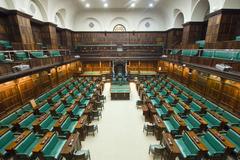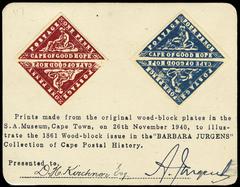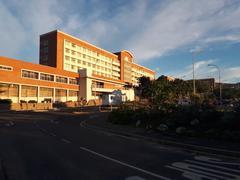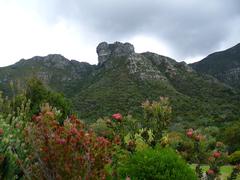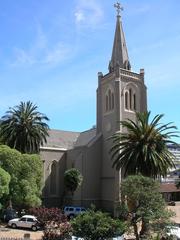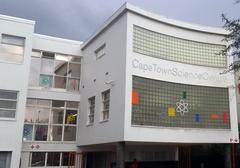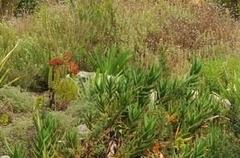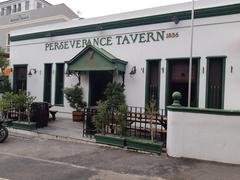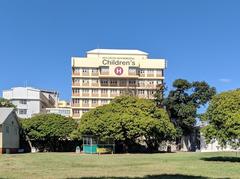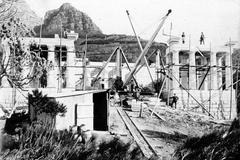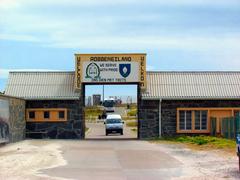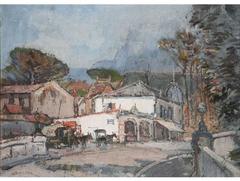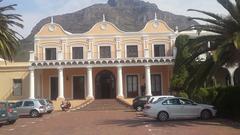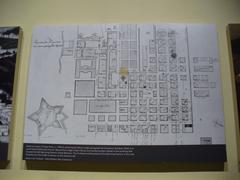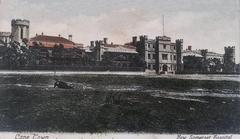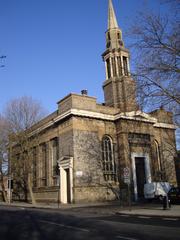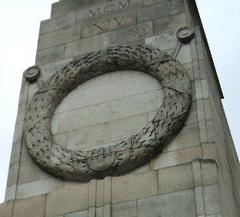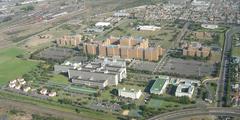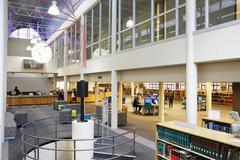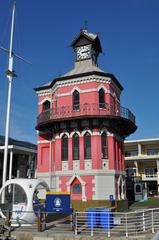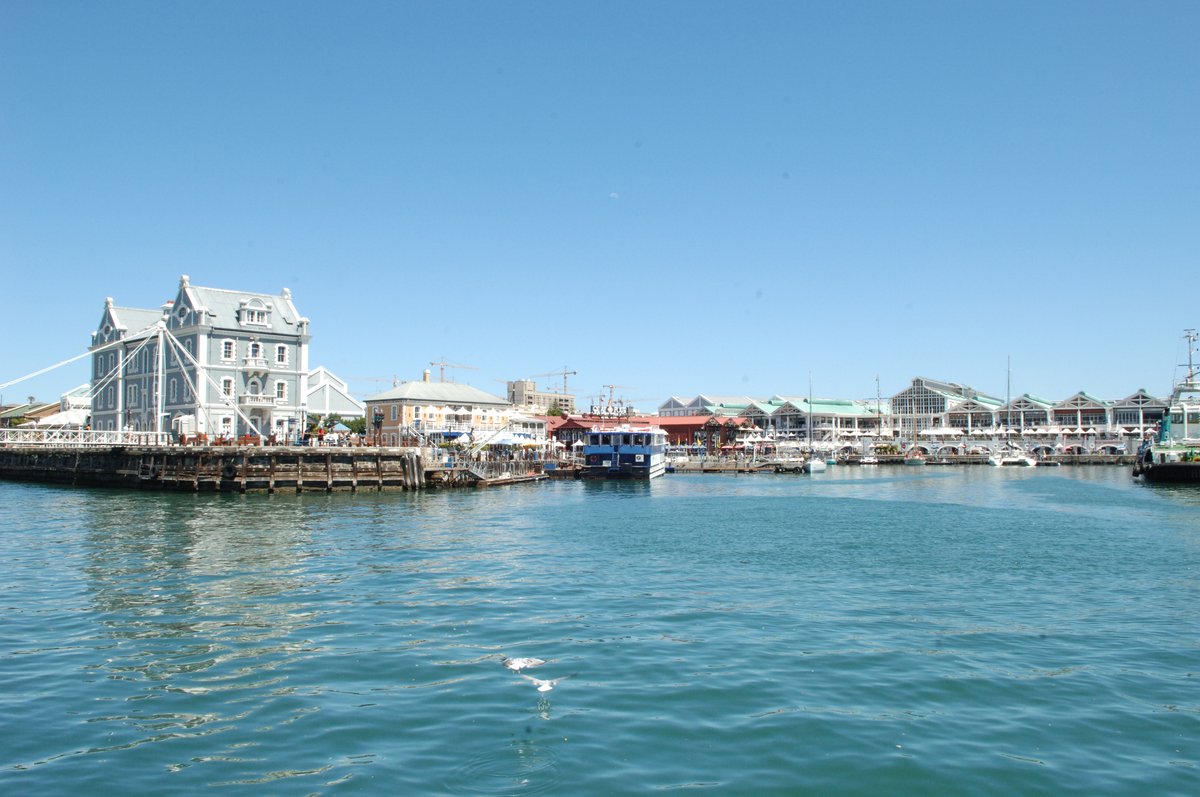
Visiting V&A Waterfront: Hours, Tickets, and Travel Tips
Publication Date: 16/07/2024
Introduction to V&A Waterfront
Welcome to the V&A Waterfront, a bustling hub of history, culture, and modern-day attractions in Cape Town, South Africa. Located at the heart of Cape Town’s working harbor, the Victoria & Alfred Waterfront (V&A Waterfront) is one of South Africa’s premier tourist destinations, attracting over 24 million visitors annually (V&A Waterfront). This vibrant area seamlessly blends historical charm with contemporary amenities, offering a diverse range of activities for all types of travelers—from history buffs to shopaholics and foodies. The V&A Waterfront’s rich history dates back to the 17th century, initially serving as a refreshment station for the Dutch East India Company in 1652. Over the centuries, it has evolved into a complex that features over 450 retail outlets, 80 restaurants, and numerous entertainment options, including the Two Oceans Aquarium and the Zeitz Museum of Contemporary Art Africa (MOCAA) (V&A Waterfront Attractions). This guide will take you through the fascinating history of the V&A Waterfront, provide essential visitor information, and highlight nearby attractions to help you make the most of your visit.
Table of Contents
- [Introduction](#introductionintroduction-to-v-a-waterfront)
- [History of V&A Waterfront](#history-of-va-waterfronthistory-of-v-a-waterfront)
- [Early Beginnings](#early-beginningsearly-beginnings)
- [Development of the Harbour](#development-of-the-harbourdevelopment-of-the-harbour)
- [Role During World War II](#role-during-world-war-iirole-during-world-war-ii)
- [Post-War Decline and Redevelopment](#post-war-decline-and-redevelopmentpost-war-decline-and-redevelopment)
- [Modern Era and Cultural Significance](#modern-era-and-cultural-significancemodern-era-and-cultural-significance)
- [Preservation of Historical Sites](#preservation-of-historical-sitespreservation-of-historical-sites)
- [Economic Impact](#economic-impacteconomic-impact)
- [Future Developments](#future-developmentsfuture-developments)
- [Visitor Information](#visitor-informationvisitor-information)
- [Ticket Prices and Visiting Hours](#ticket-prices-and-visiting-hoursticket-prices-and-visiting-hours)
- [Travel Tips](#travel-tipstravel-tips)
- [Nearby Attractions](#nearby-attractionsnearby-attractions)
- [Robben Island](#robben-islandrobben-island)
- [Table Mountain](#table-mountaintable-mountain)
- [Cape Town City Centre](#cape-town-city-centrecape-town-city-centre)
- [Accessibility](#accessibilityaccessibility)
- [FAQ Section](#faq-sectionfaq-section)
- [Conclusion](#conclusionconclusion)
History of V&A Waterfront
Early Beginnings
The V&A Waterfront, located in Cape Town, South Africa, has a rich history that dates back to the 17th century. The area was initially used as a refreshment station by the Dutch East India Company in 1652. This strategic location provided fresh water and supplies to ships traveling between Europe and the East Indies. The establishment of this station marked the beginning of Cape Town as a significant port city.
Development of the Harbour
The construction of the harbour began in earnest in the 1860s. The discovery of gold and diamonds in South Africa necessitated the development of a more substantial port to handle the increased maritime traffic. The first basin, known as the Alfred Basin, was completed in 1870 and named after Prince Alfred, Queen Victoria’s second son, who laid the foundation stone. The second basin, the Victoria Basin, was completed in 1905 and named after Queen Victoria herself. These developments were crucial in establishing Cape Town as a major port city (V&A Waterfront History).
Role During World War II
During World War II, the V&A Waterfront played a pivotal role as a naval base. The harbour was used extensively by the Allied forces for ship repairs and as a strategic point for naval operations in the South Atlantic. This period saw significant military activity and further development of the harbour facilities to accommodate the needs of the war effort.
Post-War Decline and Redevelopment
After World War II, the V&A Waterfront experienced a period of decline. The advent of container shipping in the 1960s led to the development of new port facilities outside the city center, rendering the old docks less critical. By the 1970s, the area had become largely derelict.
In the late 1980s, a visionary redevelopment plan was initiated to transform the V&A Waterfront into a mixed-use area combining residential, commercial, and leisure facilities. The redevelopment project officially began in 1988, spearheaded by Transnet Limited, a state-owned company. The first phase of the redevelopment was completed in 1990, and it included the restoration of historical buildings and the construction of new facilities (V&A Waterfront Redevelopment).
Modern Era and Cultural Significance
Today, the V&A Waterfront is one of South Africa’s most visited destinations. It seamlessly blends historical elements with modern amenities, offering a unique experience that reflects Cape Town’s rich cultural heritage. The area is home to over 450 retail outlets, 80 restaurants, and numerous entertainment options, including the Two Oceans Aquarium and the Zeitz Museum of Contemporary Art Africa (MOCAA) (V&A Waterfront Attractions).
Preservation of Historical Sites
The redevelopment of the V&A Waterfront has placed a strong emphasis on preserving its historical significance. Many of the original buildings have been meticulously restored and repurposed. For instance, the Clock Tower, built in 1882, now serves as a visitor information center. The Old Power Station, which once supplied electricity to the docks, has been transformed into a vibrant shopping and dining area. These efforts ensure that the historical essence of the V&A Waterfront is maintained while providing modern amenities for visitors (V&A Waterfront Historical Sites).
Economic Impact
The V&A Waterfront has had a significant economic impact on Cape Town and the broader Western Cape region. It is estimated that the redevelopment project has created over 20,000 jobs and contributed billions of rand to the local economy. The area has also become a hub for business and innovation, attracting numerous local and international companies. The V&A Waterfront’s success has served as a model for similar redevelopment projects worldwide (Economic Impact of V&A Waterfront).
Future Developments
Looking ahead, the V&A Waterfront continues to evolve with new developments and projects aimed at enhancing its appeal and functionality. Plans are underway to expand the residential and commercial spaces, improve transportation links, and introduce more green spaces. These initiatives are designed to ensure that the V&A Waterfront remains a vibrant and sustainable destination for future generations (Future Developments at V&A Waterfront).
Visitor Information
Ticket Prices and Visiting Hours
The V&A Waterfront is open to visitors 24/7, although individual attractions, shops, and restaurants may have specific opening hours. For example, the Two Oceans Aquarium is typically open from 9:30 AM to 6:00 PM daily. Ticket prices vary depending on the attraction, with the Two Oceans Aquarium charging around R210 for adults and R100 for children. It’s advisable to check the official website for the most up-to-date information on visiting hours and ticket prices (V&A Waterfront Tickets).
Travel Tips
- Best Time to Visit: The V&A Waterfront is a year-round destination, but visiting during the summer months (December to February) offers the best weather for outdoor activities.
- Getting There: The V&A Waterfront is easily accessible by car, taxi, or public transport. There is ample parking available on-site.
- What to Wear: Comfortable walking shoes are recommended as the area is expansive and requires a fair amount of walking.
- Safety: The V&A Waterfront is generally safe, but it’s always good practice to be mindful of your belongings.
Nearby Attractions
Robben Island
A UNESCO World Heritage site, Robben Island is a short ferry ride from the V&A Waterfront and offers a sobering glimpse into South Africa’s apartheid history.
Table Mountain
One of the New7Wonders of Nature, Table Mountain offers breathtaking views and is easily accessible via a short drive or bus ride from the V&A Waterfront.
Cape Town City Centre
Just a stone’s throw away, the Cape Town city center offers additional museums, galleries, and historical sites worth exploring.
Accessibility
The V&A Waterfront is committed to being accessible to all visitors. There are wheelchair-friendly pathways, accessible restrooms, and designated parking spaces available. Many attractions, shops, and restaurants also offer accommodations for visitors with disabilities.
FAQ Section
Q: What are the V&A Waterfront visiting hours?
A: The V&A Waterfront is open 24/7, but individual attractions and shops may have specific opening hours.
Q: How much are tickets for the V&A Waterfront attractions?
A: Ticket prices vary. For example, the Two Oceans Aquarium charges around R210 for adults and R100 for children.
Q: Is the V&A Waterfront accessible for people with disabilities?
A: Yes, the V&A Waterfront offers wheelchair-friendly pathways, accessible restrooms, and other accommodations.
Q: What are some nearby attractions to the V&A Waterfront?
A: Nearby attractions include Robben Island, Table Mountain, and the Cape Town city center.
Q: How do I get to the V&A Waterfront?
A: The V&A Waterfront is easily accessible by car, taxi, or public transport, with ample parking available on-site.
Conclusion
The V&A Waterfront’s history is a testament to Cape Town’s resilience and adaptability. From its early days as a refreshment station to its current status as a premier tourist destination, the V&A Waterfront has continually reinvented itself while preserving its historical roots. Don’t miss the chance to explore this unique blend of old and new. For more information, download the Audiala mobile app, check out related posts, or follow us on social media for updates.
References and Further Reading
- V&A Waterfront History. (2023). Retrieved from https://www.waterfront.co.za
- V&A Waterfront Attractions. (2023). Retrieved from https://www.waterfront.co.za
- V&A Waterfront Redevelopment. (2023). Retrieved from https://www.waterfront.co.za

